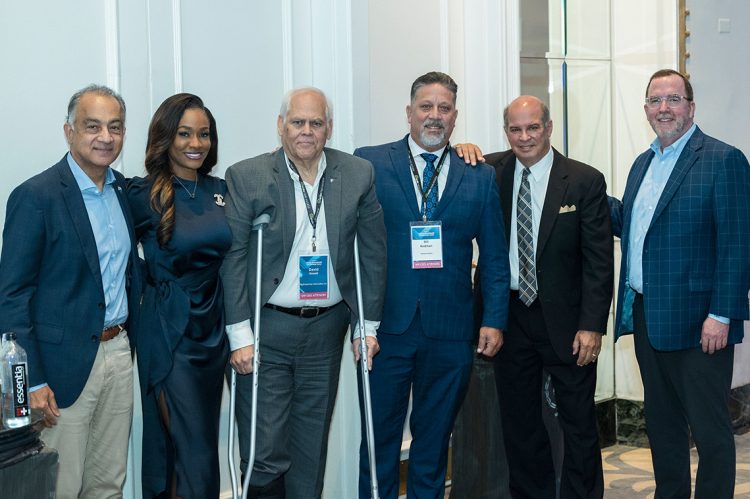Building a solid pipeline of leads is an essential cog in every real estate agent’s business engine. While many agents have been able to rely on paying a third-party service to feed the machine with leads, times are undoubtedly changing.
Taking Advantage of Client Reviews (and Referrals)
Client reviews are very important to your team’s business and how you market yourself. Plus, referrals are the easiest and most surefire way to gain more clientele. Read more.
Business Tip of the Day provided by
Categories
The Most Important Real Estate News & Events
Click below to receive the latest real estate news and events directly to your inbox.
By signing up, you agree to our TOS and Privacy Policy.













